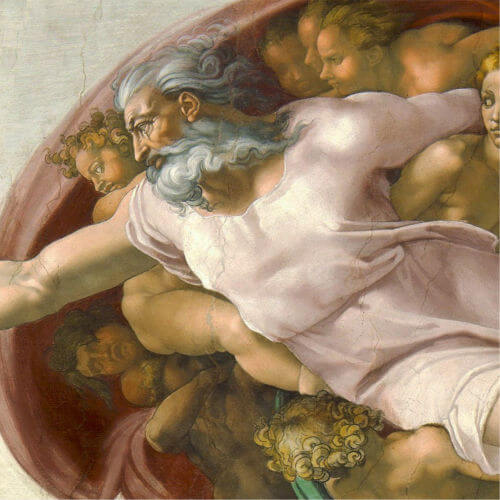Short male hair was a idea of roman empire, since they assciated male as warrior for Caesar, and the roman troops used short hair to avoid the enemy to pick the hair by back, pull and so making the victm's neck exposed, and then cut their throat.
Masculinity it's often associated with fight, and for army, troops, even rape was demanted fr omsoldiers, to traumatize the enemy (civilizan women). Masculinity (in the animal poin of view) was a tool of domain and war.
Many other people (civilizations) had male long hair, like american indians, Huns (whohelp end Roman Empire) .
Interesting how church likes so much short male hair, even this being a idea of the guys who killed their beloved J.C (Jesus).
Anyway I must remamber that Christianity only became fashion when Constantino thought it would be a good tool to control people. And Christ was just one of many supposed messiahs who suposed was crucified and supposed made miracles.
Constantino couldn't be more right at the time. Even today people pray while the world it's under domain of freaks.
And today even after all rock'n' roll bands from 60's ahead, people still have problems with long hair.
Back to Brazil's freakness, the movie The Last Temptatin of Christ (1988 / Martin Scorsese) got censorship on Brazil when it was released.
Quote:
Originally Posted by Vman455

Not many figures get a physical description in the Bible; you have to remember that it's a collection of stories from hundreds if not thousands of authors, most of them unknown, many of which were likely handed down as oral traditions long before anyone wrote them down. They aren't newspaper reports.
Depictions of biblical figures with long hair dates back several centuries. Michelangelo was the first Western artist to depict God; prior to his paintings on the Sistine Chapel ceiling, God was considered too sacred to illustrate in full, and he was usually represented by a hand emerging from a cloud if he was painted at all. One of the reasons Michelangelo is considered such a revolutionary artist is this:

God depicted as a human, with long, flowing hair. Of course, this has no bearing on how biblical characters actually wore their hair (if they existed at all), which would have been dictated by local culture at the time.
The bigger problem with representations of biblical figures is the fact that they are almost exclusively white. In the Renaissance, this was because artists like Michelangelo had no conception of cultural appropriation, and painted figures like the people he saw; indeed, it was common to model historical figures in art after specific living people, such as the sculpture of Moses with horns based on Pope Julius II, and Rembrandt's "Self Portrait as the Apostle Paul":

That's understandable for that time period and culture, but the fact that Christian churches still plaster their walls with pictures of white Jesus when we absolutely know better today is nothing short of deliberate whitewashing. |